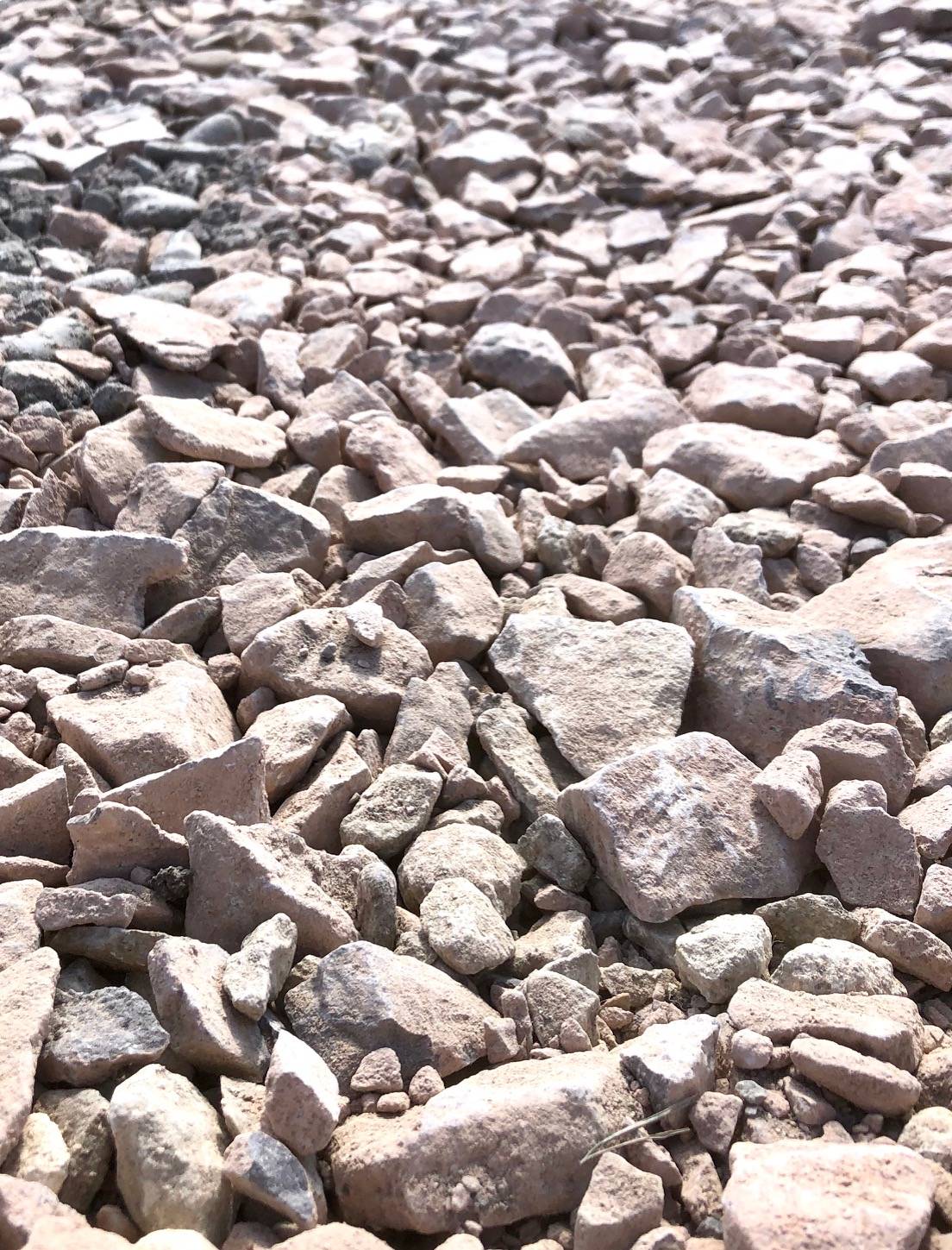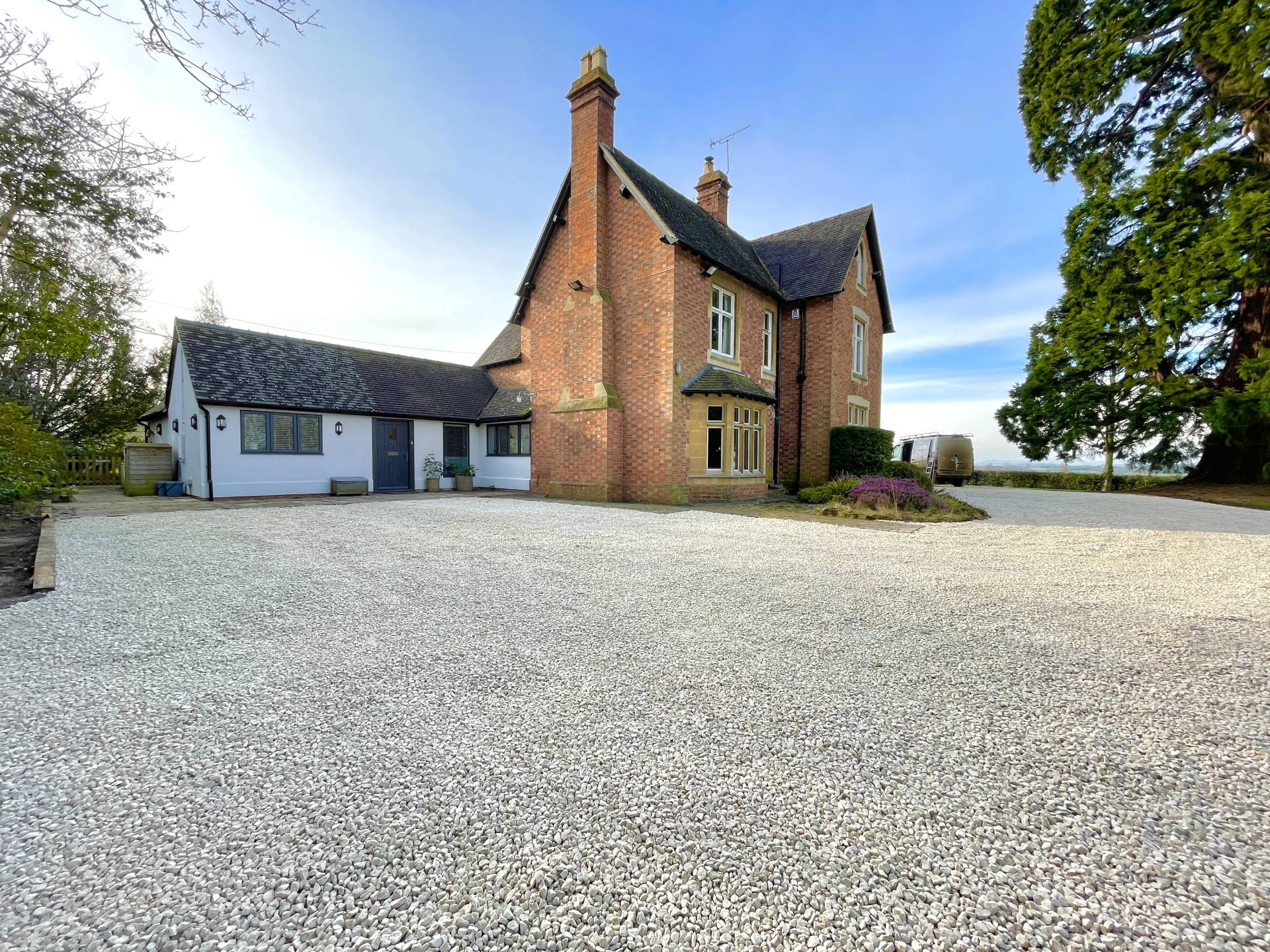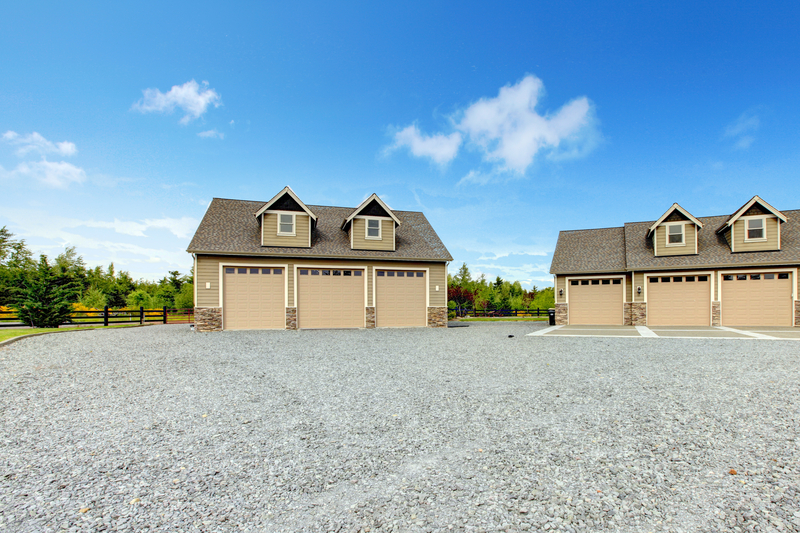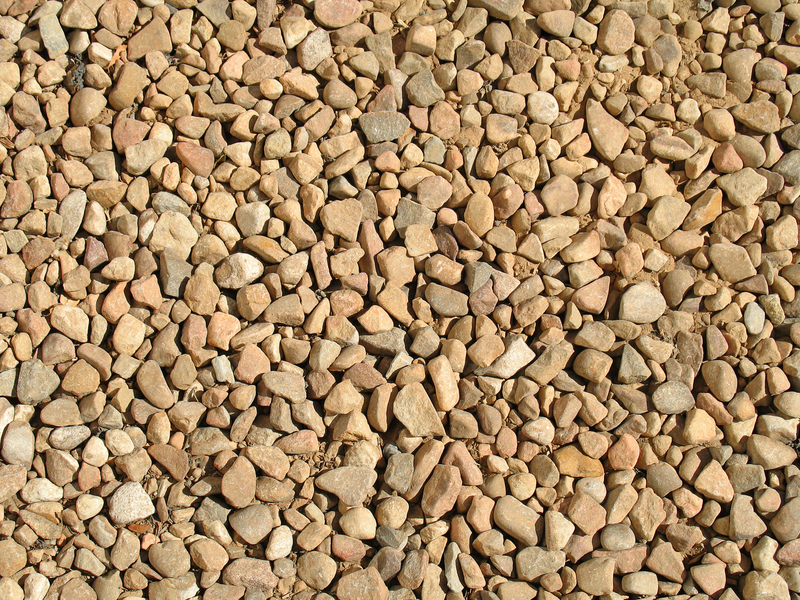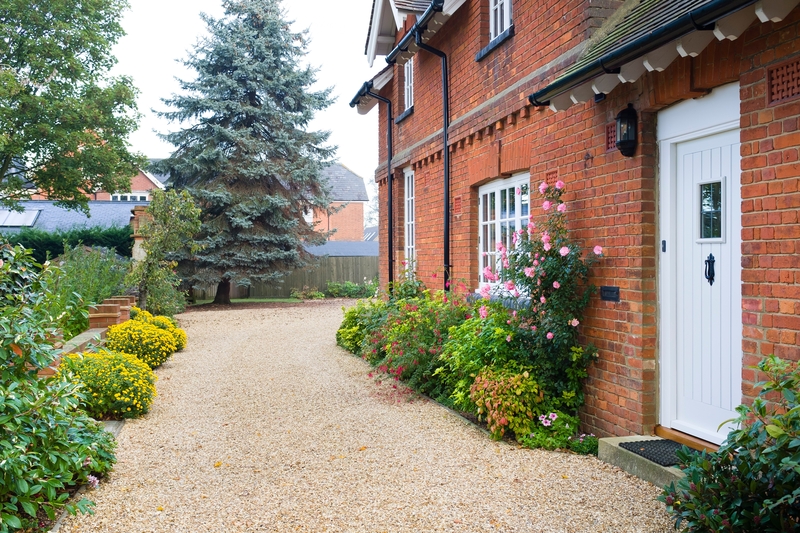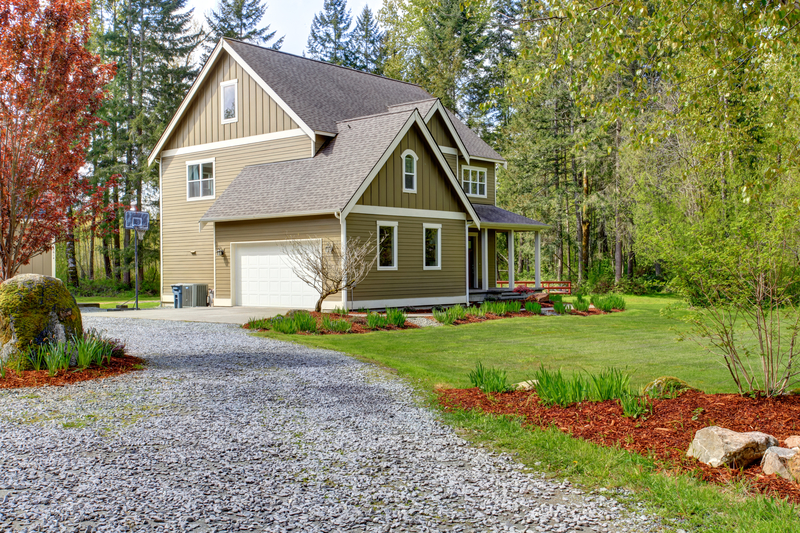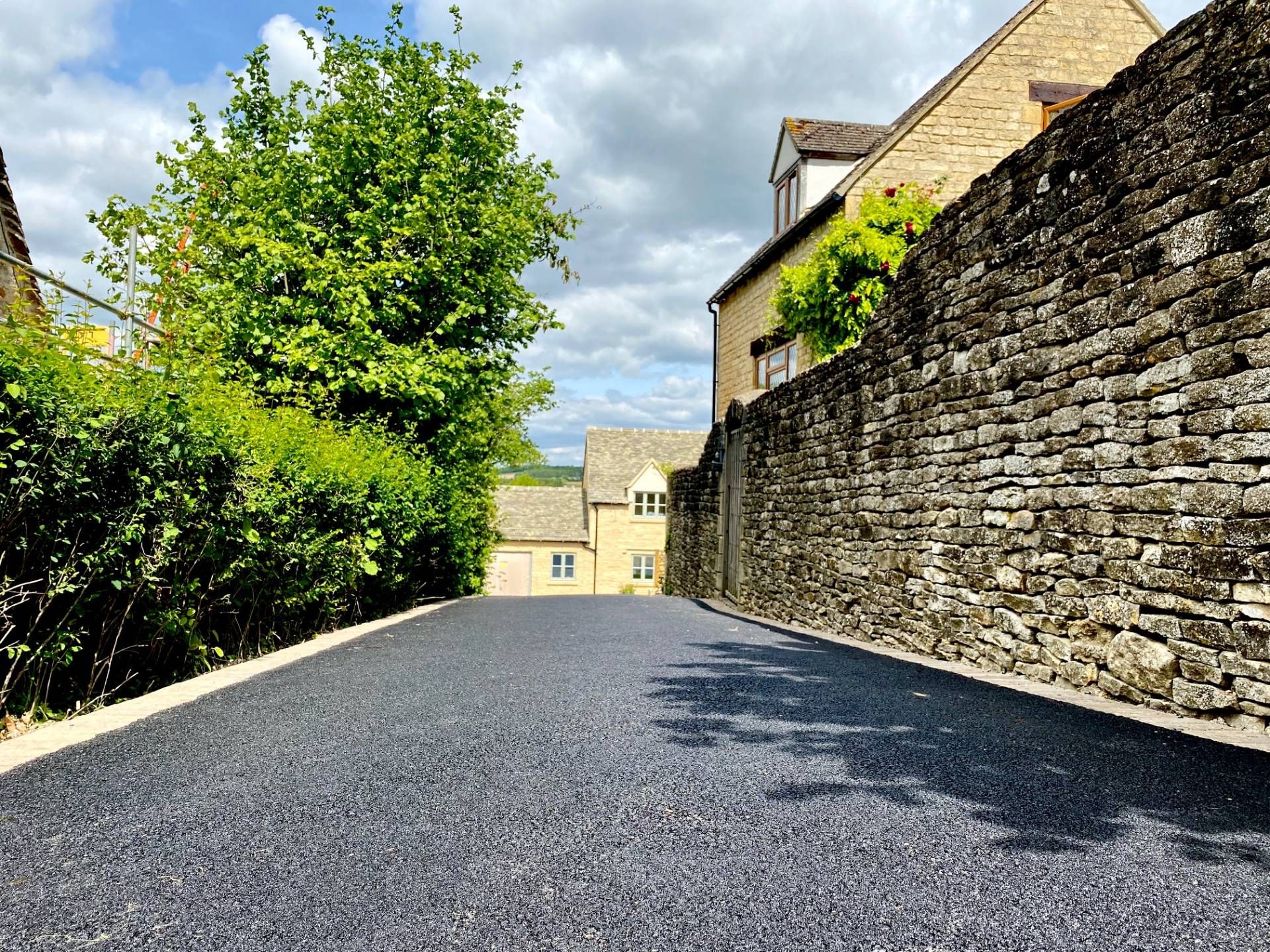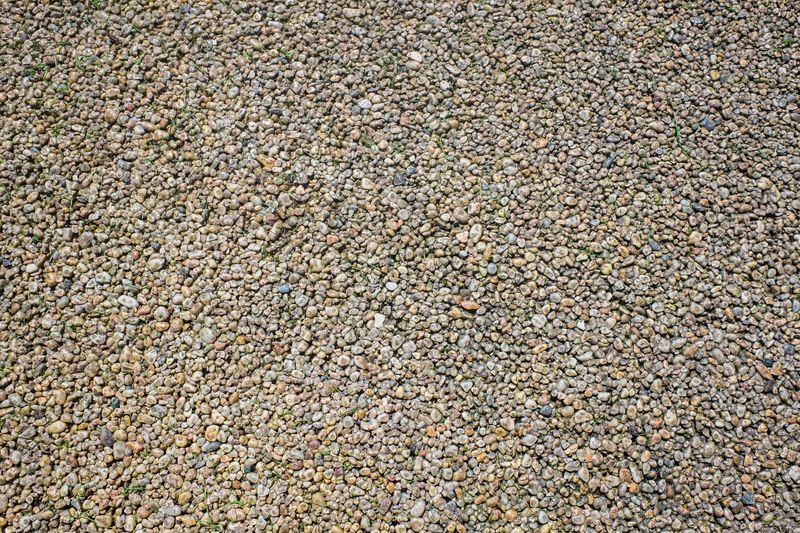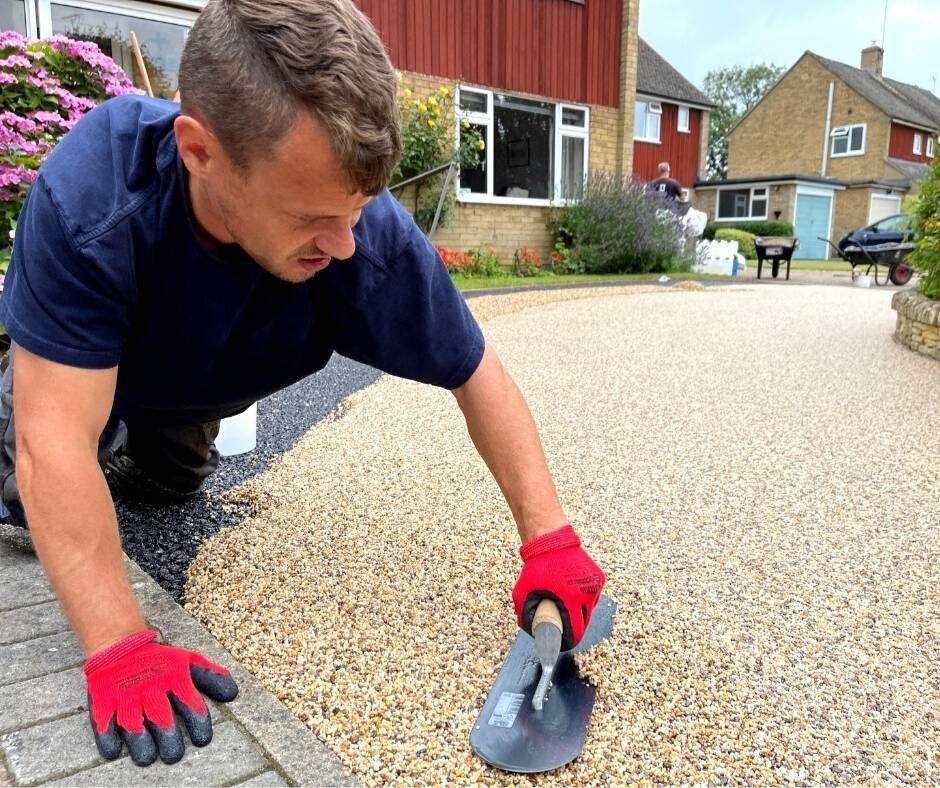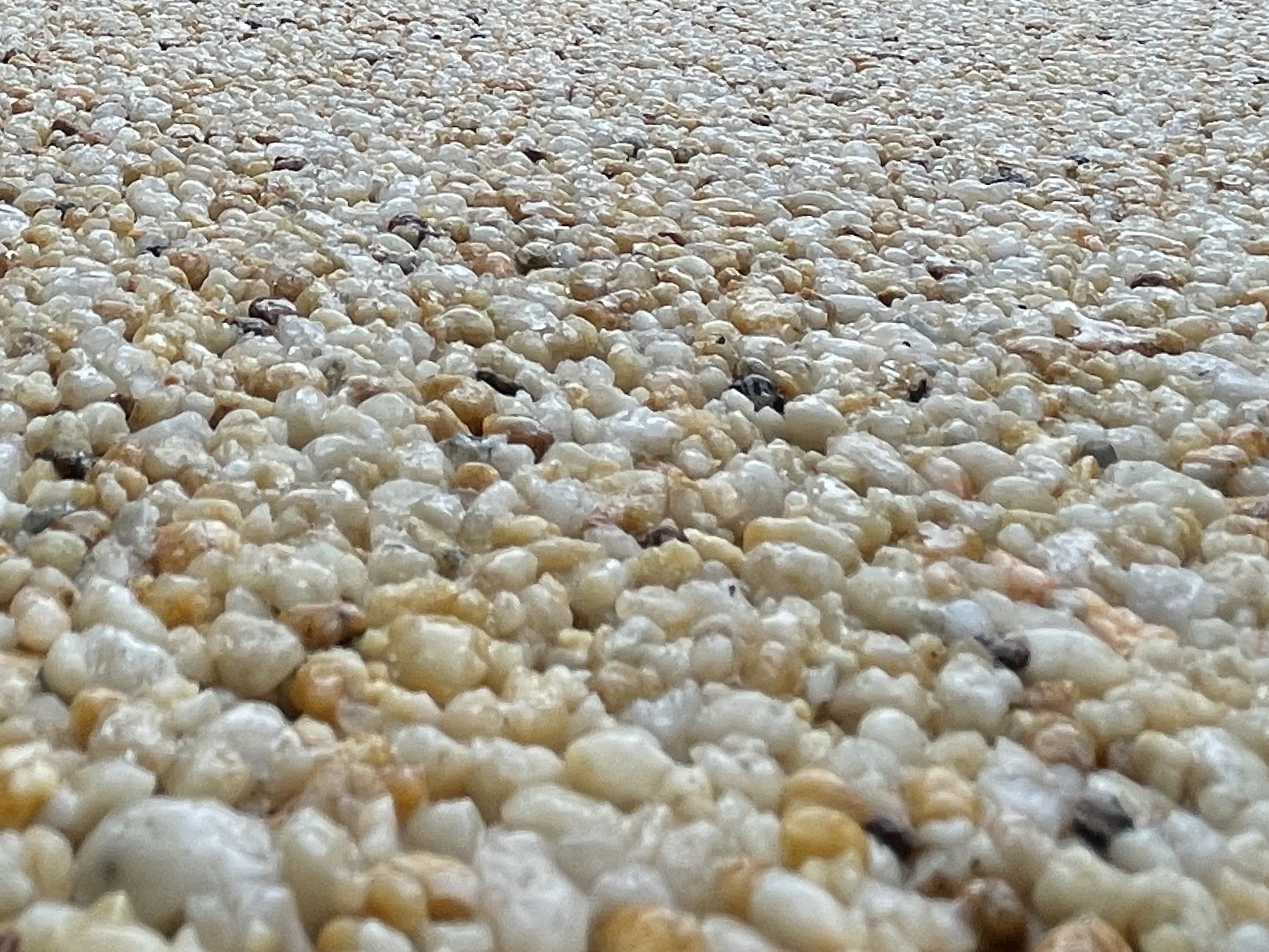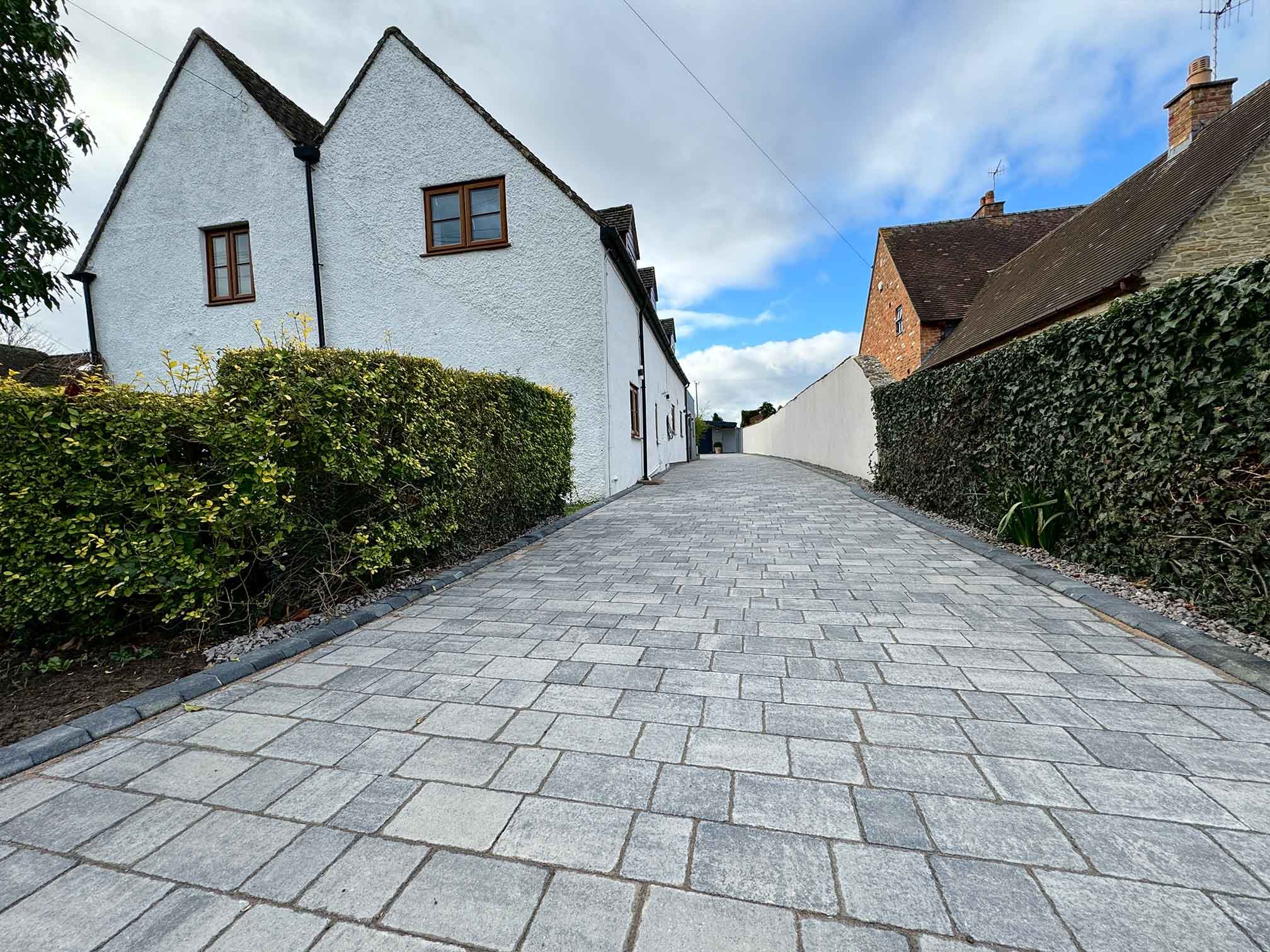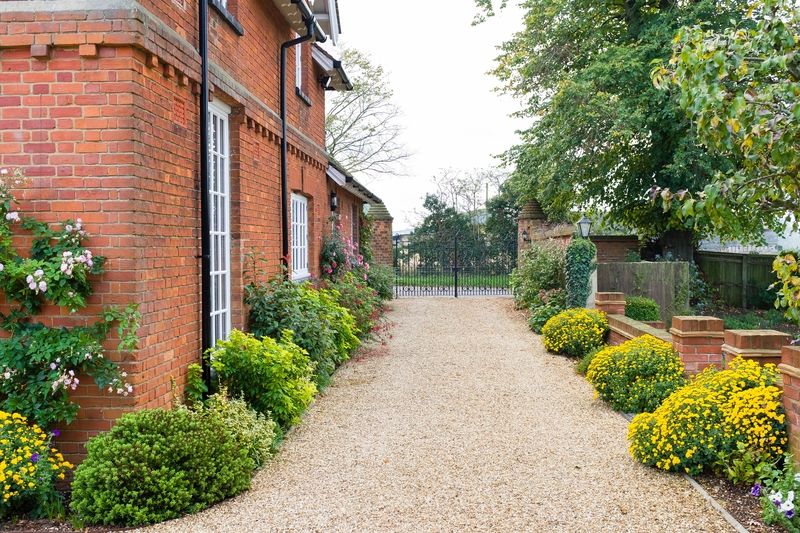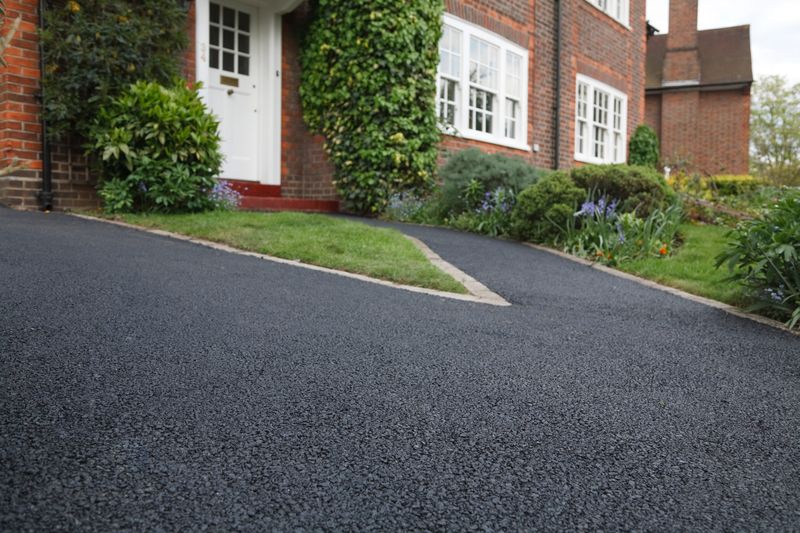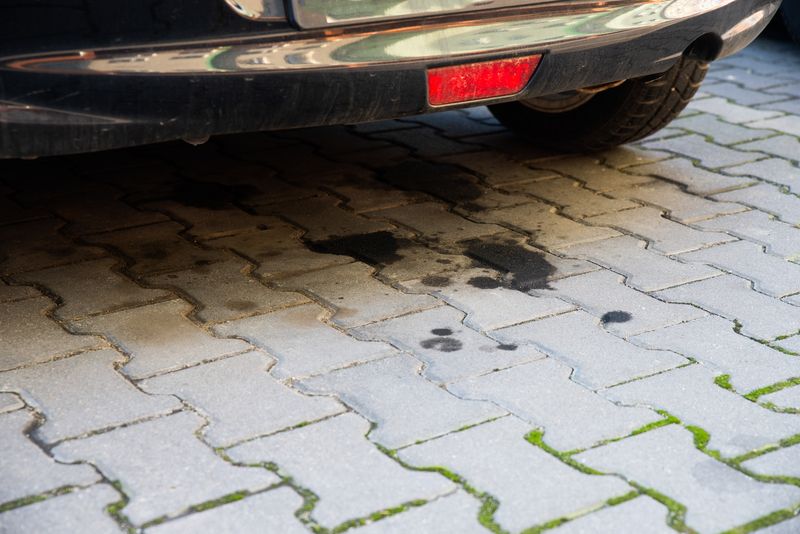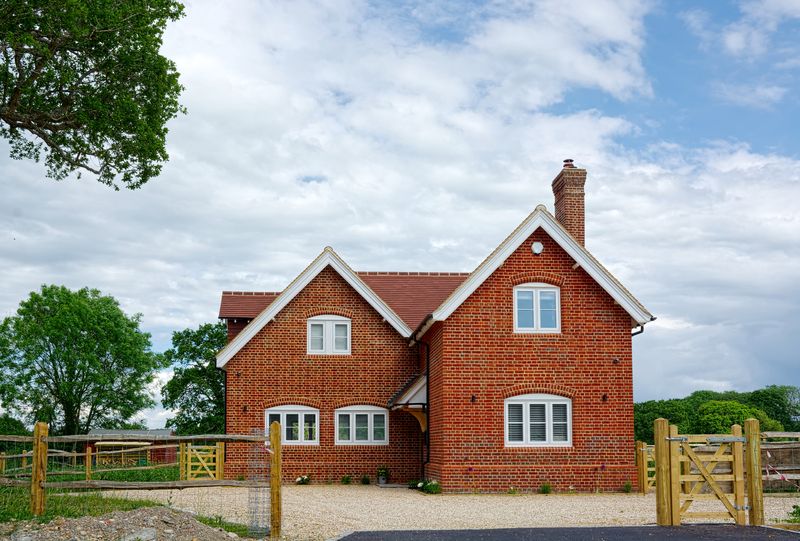
How Do You Lay A Gravel Driveway?
Blog
Gravel driveways are a popular choice due to their rustic charm, cost-effectiveness, and easy maintenance. Whether you want to enhance your property's curb appeal or create a durable driveway solution, gravel offers versatility and aesthetic appeal. But how are these gravel driveways laid?
In this blog, we will walk you through a step-by-step process for effectively laying a gravel driveway, ensuring a durable and visually appealing addition to your home.
So, how do you lay a gravel driveway?
There are many steps you must take in the process of creating your gravel driveway. While you can DIY a gravel driveway yourself, you might choose a professional driveway specialist in your gravel driveway creating process to ensure the job is done safely, efficiently and professionally. Let's look at the steps that we take here at Henson Surfacing, so you can get a good idea of how the process works with an experienced, professional company.
A Gravel Driveway with Henson
- Initial Consultation, Proposal and Agreement:
- You will receive a phone call with our driveway experts, discussing your driveway expectations and preferences - discussing costs, materials and a date for the installation.
On the scheduled date, our team arrives at the site, prioritising safety measures during setup.
- Site Preparation:
- Our team arrives at the site on the scheduled date and sets up the site, ensuring that all safety protocols are in place. Our engineer will then excavate the desired area to a depth determined in the discussions held at the stage of quoting.
- Our engineers then load the spoil onto the company's lorry and the spoil is offloaded and disposed of at the tip. Our team then prepares the ground for weed prevention measures and a weed-proof membrane is laid down as a foundational layer.
- Any necessary grading or drainage adjustments are also addressed to ensure proper water runoff.
- Installation Process:
- Wooden boards are arranged along either side of the excavated area, defining the shape and boundaries.
- A layer of MOT type 1 is applied over the membrane, as per the specifications and a 50mm layer of the selected gravel, chippings, or flint is evenly distributed over the area.
- Edging and Finishing:
- Professional edging materials are installed along the driveway perimeter to contain the gravel and enhance the aesthetic appeal.
- For expansive driveways, a dumper truck is used to tip the material directly onto the designated area.
- A digger is then employed to evenly spread and level the material across the driveway. Once the material is in place, it is raked to create a uniform and smooth driveway surface.
- Maintenance Guidelines:
- Your newly constructed section is barricaded off, typically for a 24-hour period, to allow the materials to set properly.
- Upon completion of the setting period, we will have a driveway walk-through with the client for inspection and approval, followed by a formal project sign-off - ensuring your complete satisfaction.
By entrusting the gravel driveway installation to a professional contractor like us at Henson Surfacing, you can expect a systematic approach that considers their preferences, ensures quality workmanship, and provides guidance on maintaining the driveway's longevity and appearance.
Planning Your own Gravel Driveway Yourself
However, laying a gravel driveway does not always have to be done by a professional. If you want to know how to lay gravel driveways yourself - the steps are similar but require a few more considerations. Let's take a look at these:
- Estimating Gravel Quantity for Your Driveway Project
To ensure a successful gravel driveway installation, it's essential to calculate the amount of driveway stone needed for the project accurately (so you can purchase the correct gravel bulk bag). Here are vital factors to consider when estimating the required gravel quantity:
- Driveway Dimensions:
- Measure the length and width of your driveway in feet to determine the total surface area that needs to be covered.
- Decide on the desired thickness of the gravel layer, typically measured in inches, to establish the volume of gravel required for adequate coverage.
- Online Resources:
- Utilise online gravel calculators that allow you to input your driveway dimensions and desired thickness to calculate the estimated cubic yards or tons of gravel needed.
- These calculators streamline the estimation process and provide a reliable figure to guide your gravel purchase.
- Preparing the Driveway Area
Proper preparation of the driveway area is crucial to ensure a solid foundation for your gravel driveway. Here's a detailed guide on the necessary steps to prepare the area effectively:
- Clearing the Existing Surface
- Remove Vegetation: Clear any grass, weeds, or vegetation from the driveway area using a shovel, weed killer, or a sod cutter.
- Excavate Debris: Eliminate rocks, roots, and debris to create a smooth surface for the gravel.
- Levelling and Grading the Area
- Use a Grading Tool: Utilise a grading tool, such as a landscaping rake or a box blade attachment for a tractor, to level the ground evenly.
- Ensure Proper Slope: Grade the area to promote proper drainage by creating a slight slope away from structures like the house or garage.
- Installing Driveway Edging: Consider using landscape edging to contain the gravel and maintain a defined shape for the driveway.
- Laying the Gravel
When laying gravel for your driveway, attention to detail and proper execution are crucial to achieving a durable and visually appealing surface. Here's a detailed guide on the process of laying the gravel effectively:
- Spreading the Gravel Evenly
- Start at the Center: Begin spreading the gravel from the centre of the driveway and work outward to ensure even coverage.
- Use a Rake or Shovel: Spread the gravel evenly using a garden rake or shovel, maintaining a consistent thickness across the entire surface.
- Adjust Thickness: Aim for a uniform layer of gravel, typically around 2-4 inches thick, depending on the gravel type and the driveway's intended use.
- Compact the Gravel to Ensure a Stable Surface
- Use a Plate Compactor or Roller: Compact the gravel using a plate compactor or roller to settle the material and create a stable base.
- Work in Sections: Compact the gravel in sections, overlapping each pass to ensure uniform compaction and a firm surface.
- Check for Levelness: Periodically check the surface with a level to ensure proper grading and eliminate any uneven spots.
- Adding Additional Layers for Desired Thickness
- Layering Approach: If a thicker layer of gravel is desired, add additional layers following the same spreading and compacting process.
- Maintain Consistency: Ensure each layer is spread and compacted evenly to maintain a consistent thickness throughout the driveway.
- Consider Top Dressing: For a polished look, consider top-dressing the driveway with a final layer of smaller gravel or decorative stone.
Considerations when Designing Your Gravel Driveway
Choosing the Right Type and Size of Gravel
Selecting the appropriate type and size of gravel is crucial for ensuring your driveway's visual appeal and functionality. Several factors should be taken into account when making this decision, including:
Durability:
When selecting gravel for your driveway, consider durability. This can be done by choosing a type of gravel that can withstand the weight of vehicles without experiencing notable degradation over time. Opting for durable gravel ensures longevity and maintains the integrity of your driveway under varying traffic conditions.
Aesthetics:
Choose a gravel stone colour and texture that complements the overall look of your property and enhances its curb appeal. Incorporating aesthetics into your gravel selection for the driveway involves more than just choosing a colour and texture—it's about harmonising these elements with your property's overall appearance to boost curb appeal. When focusing on aesthetics, consider the following points to ensure a visually pleasing and cohesive design:
- Colour Coordination: Select a gravel colour that complements the exterior features of your property, such as the facade, landscaping, or hardscaping elements. HarmonisingHarmonising the gravel colour with the existing palette can create a unified and inviting look.
- Texture Variation: Explore different gravel textures, from fine to coarse, to add depth and visual interest to your driveway. Texture can influence the perceived style of your property, whether you aim for a rustic, contemporary, or traditional aesthetic.
- Contrast and Balance: Use gravel colour and texture to establish contrast or balance with surrounding surfaces like the house exterior, walkways, or gardens. Strategic contrast can highlight key architectural details or landscaping elements, while balance creates a harmonious visual flow.
- Visual Impact: Consider the visual impact of the gravel driveway from different viewpoints, such as street view and entryway perspective. Choose gravel that enhances the property's attractiveness and creates a welcoming first impression.
- Maintenance Considerations: While aesthetics are crucial, they also factor in practical aspects like ease of maintenance. Opt for gravel colours and textures that are visually appealing yet manageable in terms of upkeep to maintain the driveway's beauty over time.
Size:
When selecting gravel size for your driveway, it's crucial to consider its intended use and the aesthetic appeal you wish to achieve.
- Smaller Gravel Sizes: If your driveway primarily serves as a parking area or pathway for vehicles, smaller gravel sizes (such as pea gravel or crushed stone) are ideal. These sizes provide a smoother surface for driving and walking.
- Larger Gravel Sizes: For driveways that require better traction, especially in areas prone to slopes or slippery conditions, larger gravel sizes (like river rock or quarry stone) offer improved grip and stability.
- Smaller Gravel Sizes: Finer gravel sizes create a more polished and streamlined look, suitable for modern or minimalist landscaping designs.
- Larger Gravel Sizes: Coarser gravel sizes add texture and visual interest to the driveway, lending a rugged or natural aesthetic to the overall landscape.
Drainage:
When planning your gravel driveway, it's essential to consider the gravel's drainage properties to mitigate water buildup and facilitate effective water flow away from the driveway. Here's why drainage is crucial and how you can address it:
- Preventing Water Buildup:
- Poor drainage can lead to water pooling on the driveway surface, causing erosion, rutting, and potential damage over time.
- Choosing gravel with good drainage properties helps prevent water buildup and maintains the structural integrity of the driveway.
- Facilitating Water Flow:
- Properly graded gravel allows water to flow away from the driveway, reducing the risk of flooding or water damage.
- Gravel with adequate permeability promotes swift water penetration, preventing surface runoff and enhancing drainage efficiency.
- Addressing Drainage Concerns:
- Consider incorporating drainage solutions such as French drains, culverts, or ditches to redirect excess water away from the driveway.
- Opt for gravel sizes and compositions that promote drainage, ensuring efficient water movement through the driveway surface.
Maintenance with Gravel Driveways
When choosing the type of gravel for your driveway, it's essential to factor in the maintenance requirements associated with different gravel types. By considering ease of maintenance during the planning stages, you can prepare for regular upkeep and ensure the longevity of your driveway. Here's how maintenance considerations can guide your gravel selection:
- Low Maintenance Gravel Types:
- Opt for gravel varieties resistant to displacement and requiring minimal upkeep, such as crushed stone or pea gravel.
- These types typically compact well, reducing the risk of gravel spreading or sinking, thus lowering maintenance demands.
- High Maintenance Gravel Types:
- Coarser gravel sizes like river rock or larger stones may offer visual appeal but require more frequent maintenance due to potential displacement.
- If you prefer these gravel types for aesthetics, plan for regular raking, topping up, and compaction to maintain the driveway's appearance and functionality.
- Regular Upkeep Strategies:
- Develop a maintenance schedule that includes tasks like grading, weed control, debris removal, and addressing drainage issues promptly.
- Regularly inspect the driveway for signs of wear, erosion, or gravel displacement, and take proactive measures to address any issues promptly.
- Raking: Periodically rake the gravel to redistribute it evenly and fill in any low spots or ruts caused by traffic or weather.
- Regrading: If significant unevenness or erosion occurs, consider regrading the driveway to restore proper drainage and a smooth surface.
Seasonal Maintenance
- Winter Care: In cold climates, use caution when ploughing or shovelling snow to avoid disturbing the gravel surface.
- Weed Control: Look for weed growth in the gravel and promptly remove it to prevent it from taking root.
By selecting gravel types that align with your desired maintenance commitment and planning for regular upkeep tasks, you can ensure that your gravel driveway remains in optimal condition over time.
Final Thoughts
Embarking on a gravel driveway project involves careful planning, from selecting the right gravel size and considering drainage properties to estimating the required quantity and planning for maintenance. Following the steps outlined in this blog, you can set the foundation for a successful and visually appealing gravel driveway installation.
Remember, if the task is above your ability - contact a professional. Here at Henson Surfacing, we want to help you achieve the golden gravel grids of your dreams. Our expert team is here to answer driveway queries about loose gravel surfaces, concrete, resin and tarmac. Contact us today for a free quote.
